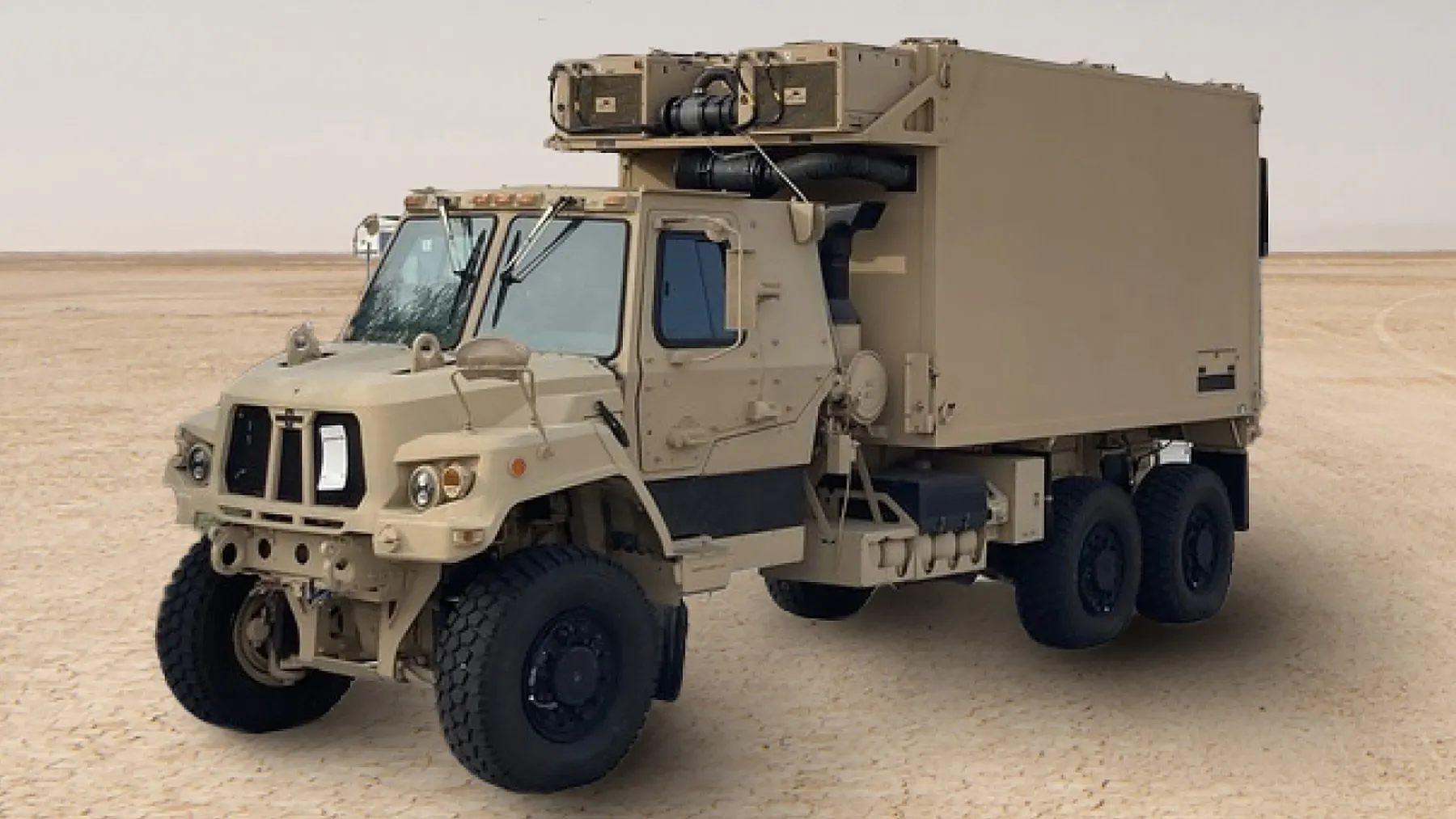The U.S. Army has chosen Denver-based software developer Palantir to develop TITAN, the Tactical Intelligence Targeting Access Node, the company announced on Wednesday. Palantir says the $175 million contract will allow it to develop advanced battlefield tech with artificial intelligence.
Co-founded in 2003 by Peter Thiel, Palantir’s name is inspired by a crystal ball-like object used for communication and intelligence gathering in The Lord of the Rings.
Over the next two years, Palantir said it will harness artificial intelligence and machine learning capabilities to process increasing amounts of battlefield data. The company has committed to deliver 10 systems—half of them designated as advanced—to be built into tactical trucks.
“We've been talking for a while about how software is eating the world—this is a manifestation of just that here,” Palantir CTO Shyam Sankar told CNBC. “We have a vehicle that you wouldn't traditionally associate with a software company. But we are delivering an AI-defined vehicle that's going to provide deep sensing to enable long-range precision fire.”
The @USArmy has awarded Palantir a prime agreement for the Prototype Maturation Phase of the Tactical Intelligence Targeting Access Node (TITAN). As the Army’s first AI-defined vehicle, TITAN is a milestone capability for America’s warfighters.
Learn more:… pic.twitter.com/5NwxXe3CYG
— Palantir (@PalantirTech) March 6, 2024
According to Defense News, Palantir won the contract over defense industry giant RTX—formerly Raytheon—to build the system.
Sankar called TITAN a manifestation of how AI is changing the face of warfare, describing it as a vehicle built around the soldier.
“TITAN seeks to enhance the automation of target recognition and geolocation from multiple sensors to reduce the sensor-to-shooter (S2S) timelines through target nominations and fuse the common intelligence picture,” Palantir said in a statement.
Once deployed, Palantir said, the TITAN will be able to detect threats in different areas, including air, land, sea, space, and cyberspace, using technology from companies including Northrop Grumman, Anduril Industries, L3Harris Technologies, and Pacific Defense.
“We think about the capital that's been employed here, the amount of innovations and founders that are bringing new capabilities to bear it really shows that the [Department of the Army] is very serious about enabling new entrants to deliver entirely new capabilities to transform the battlespace,” Sankar added.
Palantir did not immediately respond to Decrypt’s request for comment.
Military use of artificial intelligence has advanced significantly since the launch of OpenAI’s GPT-4 last year. While U.S. government officials caution against using generative AI in the workplace, military leaders and contractors are pushing forward with new use cases.
In December, the Israeli Defense Force unveiled an AI-powered targeting system named “The Gospels” that it said was running around the clock since the October 7 attack by Hamas. The IDF said the Gospel targeting system supports various IDF intelligence units, including the Israeli Air Force, Navy, and the Southern Command Intelligence Center.
Last summer, San Diego-based Kratos Defense showcased its AI-powered XQ-58A Valkyrie warplane, including having the fighter fly in formation with Air Force F-16s. The AI was designed in collaboration with Shield AI, which also designs AI-powered smaller drones for exploration on the battlefield.
“The success of Nova is you could push a button and go explore that building, and Nova would go fly into that building, and it would go into a room, spin around 360 degrees, perceive the environment, and make decisions based on what to do and then continue to explore,” Shield AI Director of Engineering Willie Logan told Decrypt at the time. “The whole goal of that was to provide [soldiers] on the ground insights into what was in the building before they had to walk in themselves.”
Edited by Ryan Ozawa.

